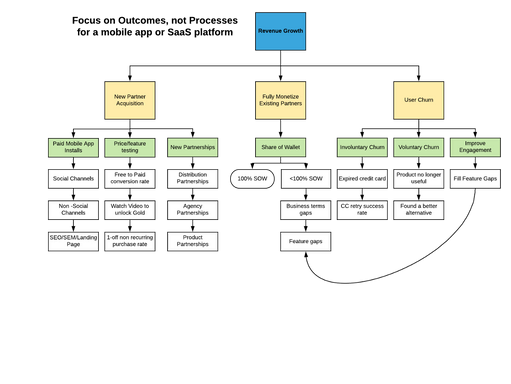This article was guest written by Brett Orlanski, Business Development Advisor at GEER
Not all business partnerships are of the same value. Some have no value, except for optics, while others generate the majority of your revenue even though they come from smaller or non-brand named companies. Some partnership deals are signed in a weekend while others take months to finalize. But all partnerships take love to create and die when ignored or taken for granted. The challenge is how to build new ones and how to grow the ones we have now. It’s also important to note that Partnerships ≠Sales. One is transactional (give me your money and I’ll give you my product or service), while the other is win/win relationship. Sales is a few dates. Partnerships are a marriage.
I’ve spent the last 15+ years in business development, sales, and most recently in Partnerships for mobile ad tech. And in those years, I’ve come to learn that these disciplines are too often mushed together. This creates confusion for not only the Sales and Partnerships teams, but also for the customers. I forgive smaller start-ups where there is no luxury of properly staffed and organized teams. But I still see diluted Partnerships efforts made by companies that would benefit from clear and defined lanes and operating procedures.
Additionally, Partnerships teams work best when they closely align with Product in my experience. Otherwise, both crucial roles operate in silos, uninformed of the other. It’s a recipe for disaster and it happens all the time. To that end, I submit a New Framework for Business Partnerships that I use to align these two teams.
First of all, make sure a Partnerships team is really a Partnerships team and not a Sales team in disguise. Next, focus on outcomes and not on arbitrary processes. Let’s not focus on logging X number of calls in Salesforce or Y number of insertion orders signed to make a quota. Instead, focus on a desired outcome such as revenue growth or reduced client churn.
My framework re-images an org chart but instead of CEO seated at the top, we have Revenue Growth. The 3 direct reports are New Partner Acquisition, Fully Monetize Existing Partners and User Churn and each is a discrete outcome (get new partners, improve the ones we have, reduce customer or user churn). This framework applies to a mobile app or even a SaaS platform.

I use this approach in my work as a Partner Manager. It aligns my time with my product team so that neither of us makes efforts that the other won’t be able to use or enable. Also, even though the sexiest part of Partnerships is building new ones, I encourage teams to focus on improving existing ones. It’s the fastest way to grow revenue. How? The Share of Wallet (SOW) exercise!
First, ask how much money is realistically available to you through a given partner. Don’t mistake their entire budget as the amount because certainly your partner will never give or spend 100% of the budget with just you. Nevertheless, calculate what is a realistic amount you could be winning and that’s our denominator. Then check to see how much you are earning and that’s our numerator. It’s also never 100%. The amount you have now divided by how much you could have is your SOW. Anything >50% is very healthy (based on anecdotal experience).
Next, ask why is it not higher and focus your answer into the two outcomes in the Org chart: Business Terms Gaps and Feature Gaps. Is the Partner not spending more because of regressive pricing that penalizes them for increased spend? Does increased budget require a missing product feature? Does the partner not understand your value? When was the last time you asked them what they think your USP is?
Before jumping into action, rank the SOW outcomes by opportunity size measured by missing revenue potential. Make sure to focus on the greatest upside and not be fooled by the larger deal potential size (our denominator). To illustrate this, imagine these two partners:

In this example, Partner A is worth more of our time. Even though there is more opportunity with Partner B, we already capture most of the available dollars.
There you have it. A Partnerships framework (our Org chart), a focus area (improve existing partners) and a way to prioritize our work (SOW exercise). This has been my approach and it even works sometimes 🙂

